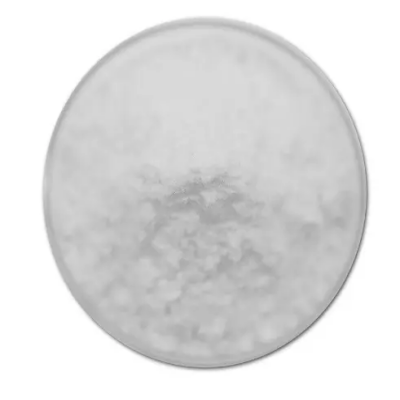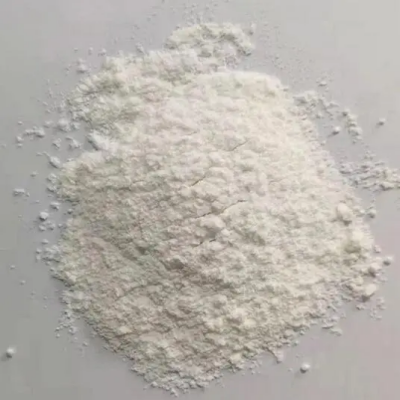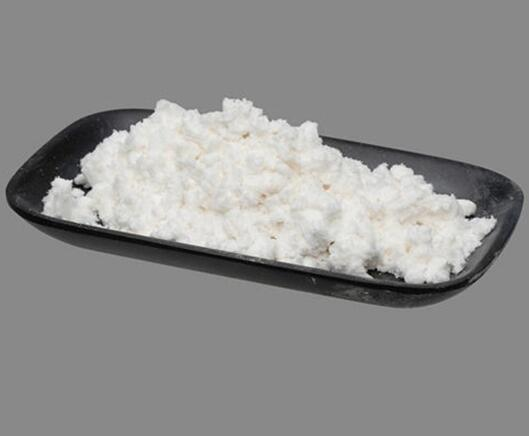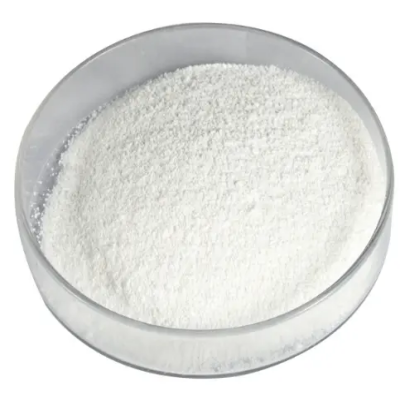(4S)-3-[(5R)-5-(4-FLUOROPHENYL)-5-HYDROXYPENTANOYL]-4-PHENYL-1,3-OXAZOLIDIN-2-ONE CAS:189028-95-3
(4S)-3-[(5R)-5-(4-FLUOROPHENYL)-5-HYDROXYPENTANOYL]-4-PHENYL-1,3-OXAZOLIDIN-2-ONE, often abbreviated for convenience, represents a significant class of compounds due to its structural complexity and potential therapeutic applications. This section delves deeper into its structural features, synthesis methods, and pharmacological relevance. Chemical Structure and Properties The compound features a chiral center at the 4-position of the oxazolidinone ring (denoted as 4S), imparting stereochemical specificity crucial for biological interactions. The phenyl group and the fluorophenyl substituent attached to the oxazolidinone core influence its molecular interactions and pharmacokinetic properties. The hydroxypentanoyl side chain provides additional functionality that can modulate its solubility and metabolic stability in vivo. Synthesis Methods and Pharmaceutical Applications Synthesis of (4S)-3-[(5R)-5-(4-FLUOROPHENYL)-5-HYDROXYPENTANOYL]-4-PHENYL-1,3-OXAZOLIDIN-2-ONE typically involves multi-step organic synthesis routes, integrating chirality control and functional group tolerance. The compound's synthesis demands meticulous attention to stereochemistry and purity to ensure consistent pharmacological activity and safety profiles in drug development. Pharmacological Activity and Therapeutic Potential In pharmacology, this oxazolidinone derivative exhibits antibacterial properties, particularly against Gram-positive pathogens. Its mechanism of action involves inhibition of bacterial protein synthesis through binding to the ribosomal complex, which is crucial for its efficacy against resistant bacterial strains. Ongoing research focuses on optimizing its pharmacodynamic profile and exploring potential synergies with existing antibiotics to combat antimicrobial resistance. Clinical Implications and Future Directions (4S)-3-[(5R)-5-(4-FLUOROPHENYL)-5-HYDROXYPENTANOYL]-4-PHENYL-1,3-OXAZOLIDIN-2-ONE holds promise in clinical settings where alternative treatment options are limited due to resistance issues. Future studies may explore formulations that enhance bioavailability and minimize adverse effects, thereby broadening its therapeutic applications beyond traditional antibiotic therapies. Conclusion In summary, (4S)-3-[(5R)-5-(4-FLUOROPHENYL)-5-HYDROXYPENTANOYL]-4-PHENYL-1,3-OXAZOLIDIN-2-ONE represents a pivotal compound in the realm of medicinal chemistry, characterized by its unique structural motifs and therapeutic potential. The compound's ability to target antibiotic-resistant bacteria underscores its importance in combating infectious diseases. Continued research efforts will likely focus on optimizing synthesis pathways, elucidating its pharmacokinetic properties, and expanding its clinical utility in addressing global health challenges related to antimicrobial resistance.



| Composition | C20H20FNO4 |
| Assay | 99% |
| Appearance | white powder |
| CAS No. | 189028-95-3 |
| Packing | Small and bulk |
| Shelf Life | 2 years |
| Storage | Store in cool and dry area |
| Certification | ISO. |


![(4S)-3-[(5R)-5-(4-FLUOROPHENYL)-5-HYDROXYPENTANOYL]-4-PHENYL-1,3-OXAZOLIDIN-2-ONE CAS:189028-95-3 Featured Image](https://cdn.globalso.com/xindaobiotech/VYH6FUCIIBE_I7B6OOPY294.png)
![(4S)-3-[(5R)-5-(4-FLUOROPHENYL)-5-HYDROXYPENTANOYL]-4-PHENYL-1,3-OXAZOLIDIN-2-ONE CAS:189028-95-3](https://cdn.globalso.com/xindaobiotech/VYH6FUCIIBE_I7B6OOPY294-300x300.png)





